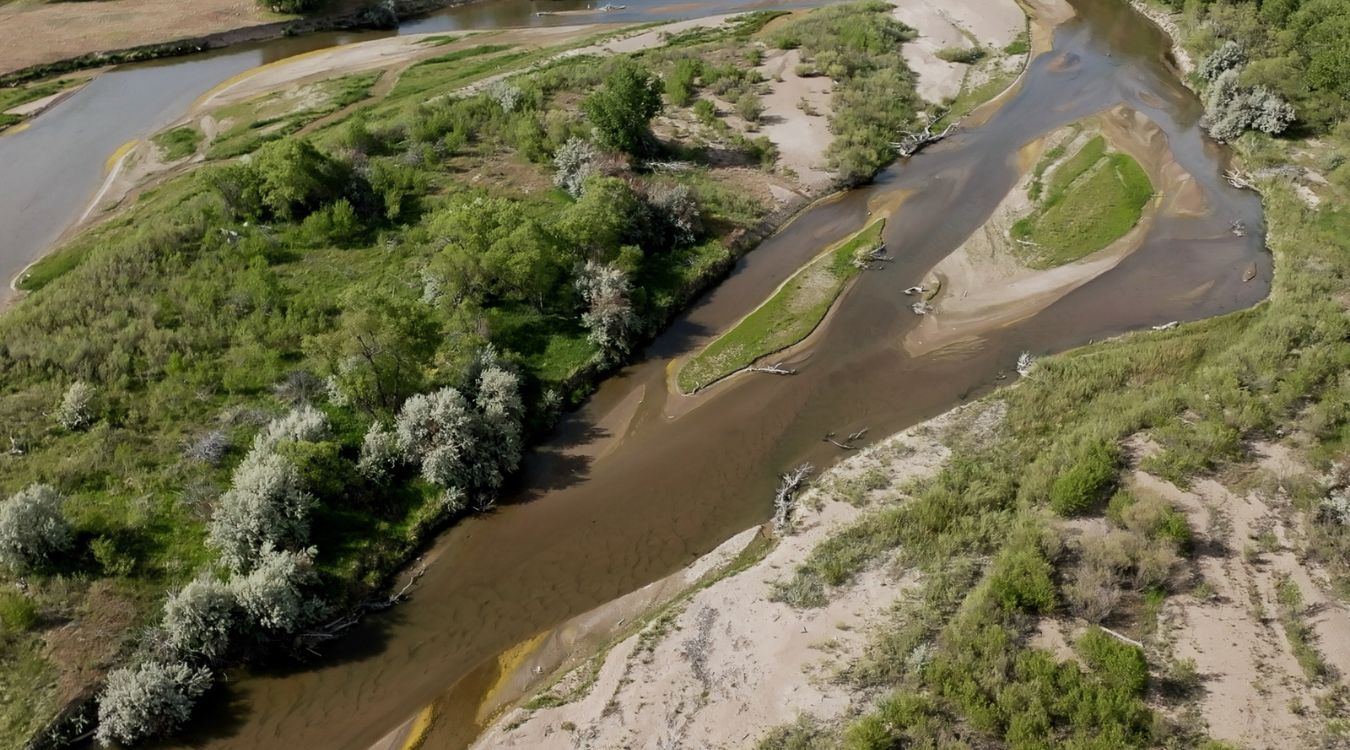Secrets Of Nebraska’s Platte River Trading Routes

Have you ever wondered about the hidden stories behind Nebraska's Platte River trading routes? These paths, rich in history, played a crucial role in shaping the region. Traders, explorers, and Native American tribes used these routes for centuries, exchanging goods and culture. Imagine the bustling activity as furs, tools, and food moved along the riverbanks. The Platte River wasn't just a waterway; it was a lifeline connecting diverse communities. Today, you can still trace these historic routes and uncover the tales they hold. Ready to step back in time and explore the legacy of Nebraska's Platte River trading routes? Let's dive in!
Secrets of Nebraska's Platte River Trading Routes
Nebraska's Platte River has long been a vital artery for trade and travel. From Native American tribes to European settlers, many have traversed its waters and banks. Let's uncover some of the hidden gems along this historic route.
Historic Trading Posts
Trading posts were the lifeblood of early commerce along the Platte River. These hubs of activity provided essential goods and services to travelers and traders alike.
Fort Kearny
Established in 1848, Fort Kearny served as a key supply post for pioneers heading west. It offered protection, rest, and supplies, making it a crucial stop on the Oregon Trail.Fort Laramie
Originally a private fur trading post, Fort Laramie became a military outpost in 1849. It played a significant role in the Indian Wars and served as a major resupply point for wagon trains.Ash Hollow
Known for its fresh water and lush grass, Ash Hollow was a popular camping spot for travelers. The nearby trading post provided essential goods and a place to rest before continuing their journey.
Natural Wonders Along the Route
The Platte River isn't just about history; it's also home to some stunning natural landscapes. These spots offer a glimpse into the beauty that early travelers would have experienced.
Chimney Rock
This iconic landmark served as a guidepost for pioneers. Its unique shape made it easily recognizable, and it remains one of Nebraska's most famous natural wonders.Scotts Bluff
Rising 800 feet above the surrounding plains, Scotts Bluff offered a dramatic view for travelers. It was a significant landmark on the Oregon, California, and Mormon Trails.Platte River Valley
The valley itself is a lush, green corridor that provided water and resources for both people and wildlife. Today, it's a haven for birdwatchers, especially during the annual sandhill crane migration.
Cultural Significance
The Platte River trading routes were not just about commerce; they were also rich in cultural exchanges. Various groups left their mark on the region, contributing to its diverse heritage.
Native American Tribes
Tribes such as the Pawnee, Otoe, and Sioux lived along the Platte River for centuries. They traded with each other and later with European settlers, sharing knowledge and resources.Mormon Trail
The Mormon Trail followed much of the Platte River's course. Thousands of Mormons traveled this route seeking religious freedom, leaving behind a legacy of perseverance and faith.Pony Express
The Pony Express used the Platte River route to deliver mail quickly across the country. Though short-lived, it showcased the importance of rapid communication in a growing nation.
Modern-Day Attractions
Today, the Platte River continues to be a source of fascination. Modern attractions along the river offer a blend of history, nature, and recreation.
Great Platte River Road Archway Monument
This museum spans Interstate 80 and tells the story of westward expansion. Interactive exhibits and life-sized dioramas bring the history of the Platte River trading routes to life.Rowe Sanctuary
Located along the Platte River, Rowe Sanctuary is dedicated to the conservation of sandhill cranes and other wildlife. Visitors can witness the awe-inspiring crane migration each spring.Fort Kearny State Historical Park
This park preserves the site of the original Fort Kearny. Visitors can explore reconstructed buildings, hike trails, and learn about the fort's role in westward expansion.
The Platte River trading routes offer a rich tapestry of history, culture, and natural beauty. Whether you're a history buff, nature lover, or just curious, there's something along the river for everyone.
Discovering Nebraska's Hidden History
Nebraska's Platte River trading routes reveal a rich tapestry of history. These paths were vital for Native American tribes, fur traders, and pioneers. They shaped the region's economy and culture. Exploring these routes offers a glimpse into the past, showing how commerce and travel evolved over time.
Visiting historical sites along the Platte River, like Fort Kearny and Ash Hollow, brings this history to life. You can walk where early traders and settlers once did, imagining their challenges and triumphs. The river itself, with its serene beauty, adds to the experience.
Understanding these trading routes deepens appreciation for Nebraska's heritage. It's a reminder of the state's role in America's westward expansion. So next time you're in Nebraska, take a moment to explore these historic paths. You'll find more than just a journey; you'll uncover stories that shaped a nation.

